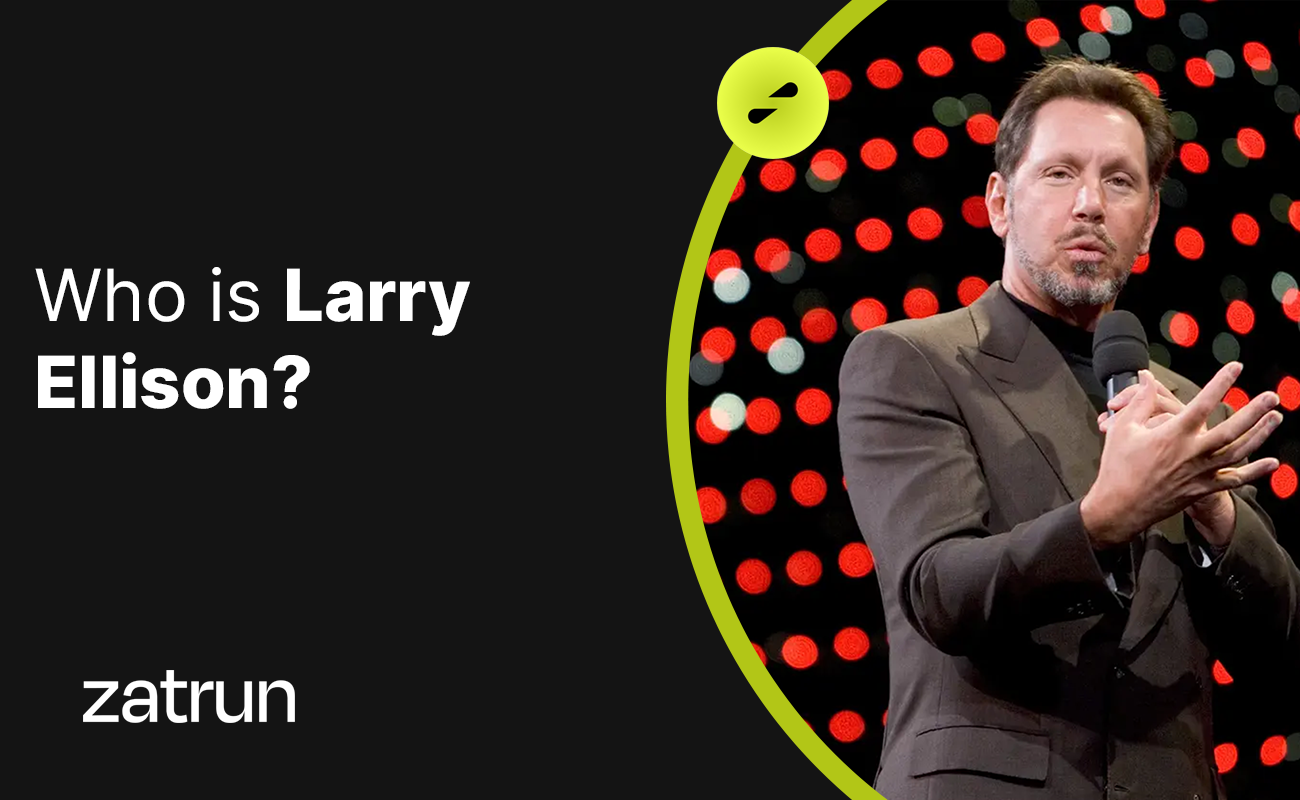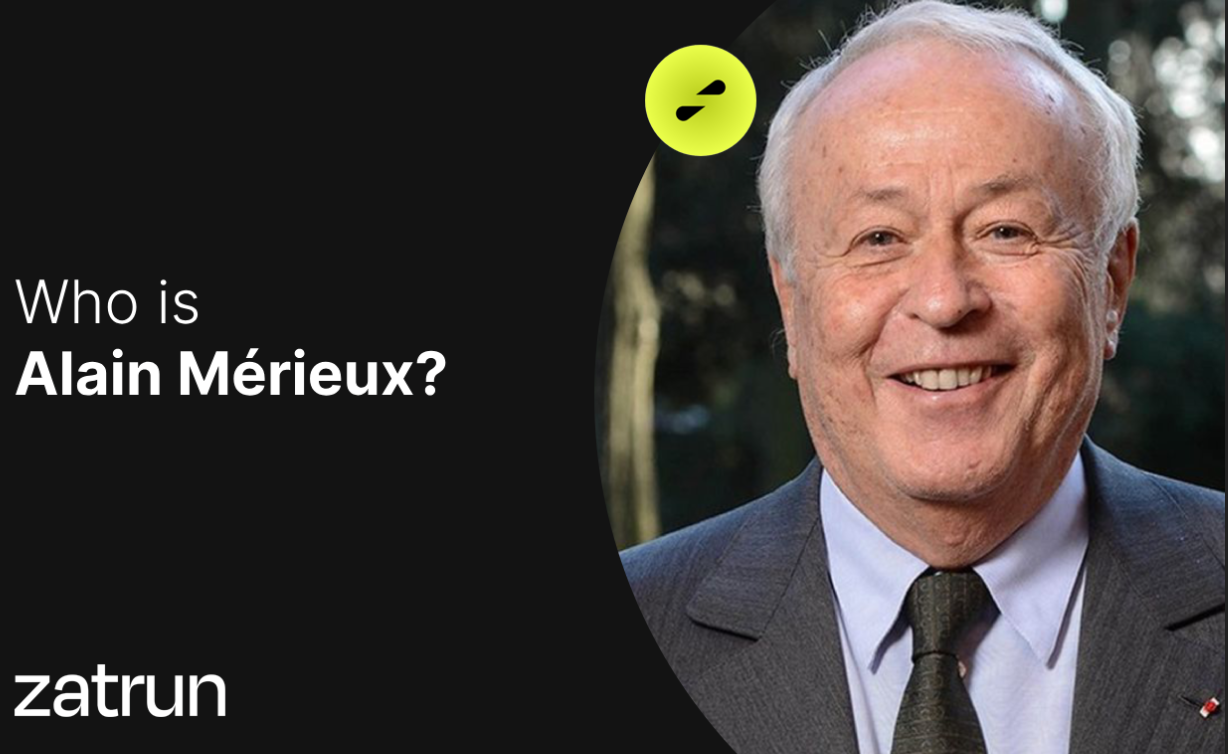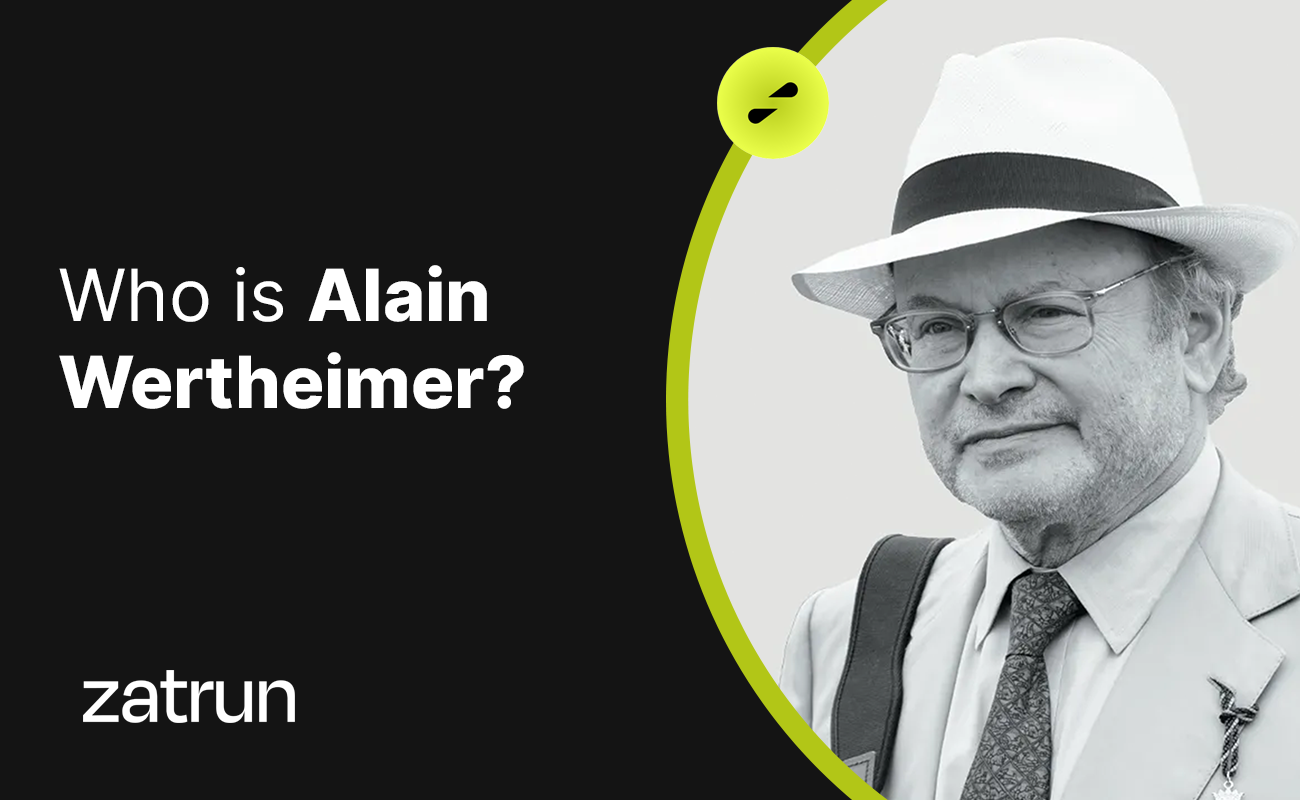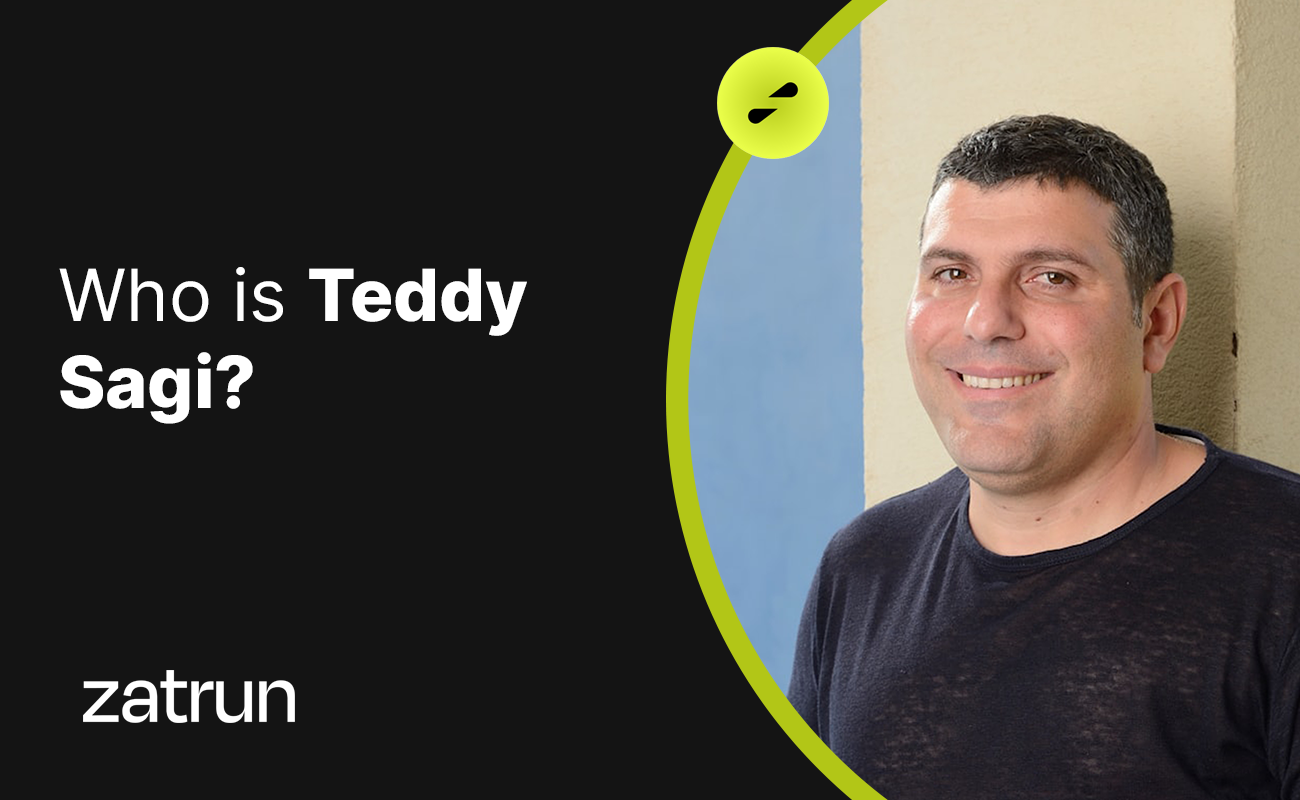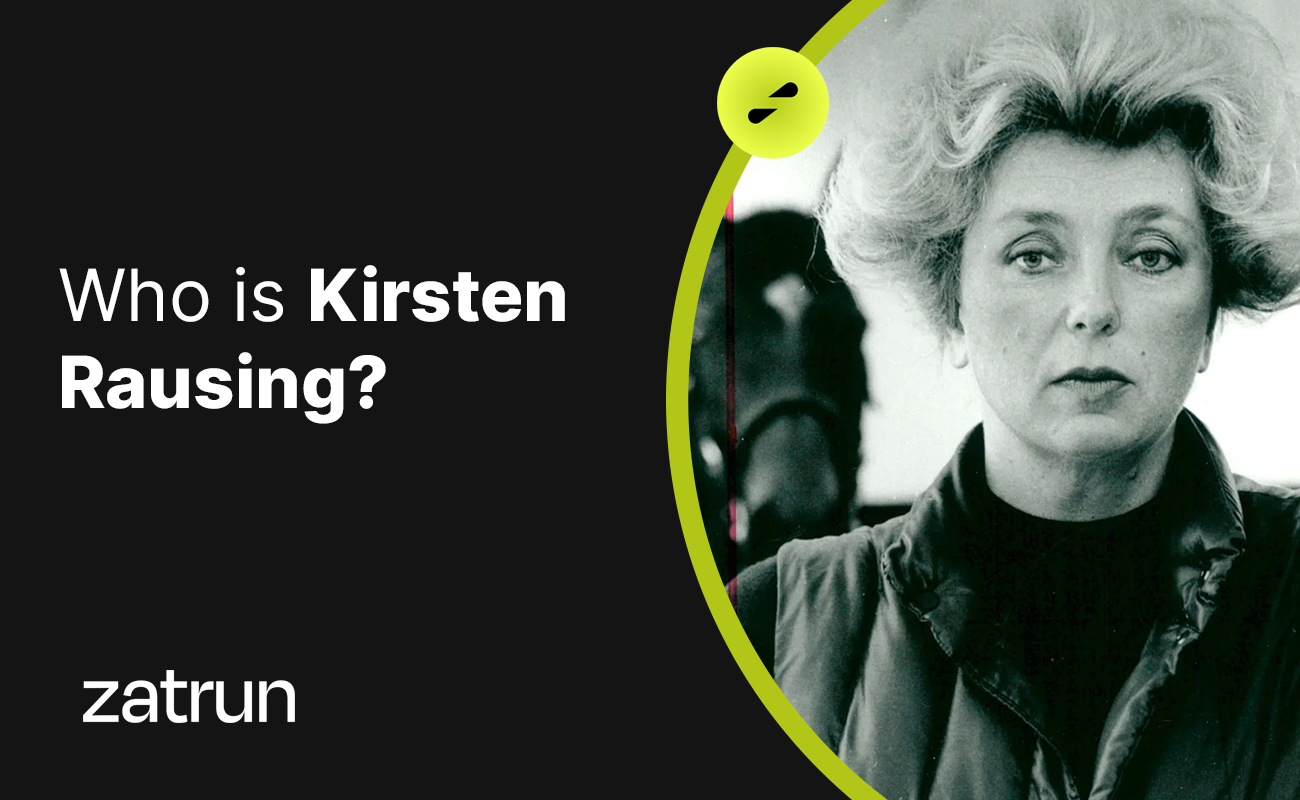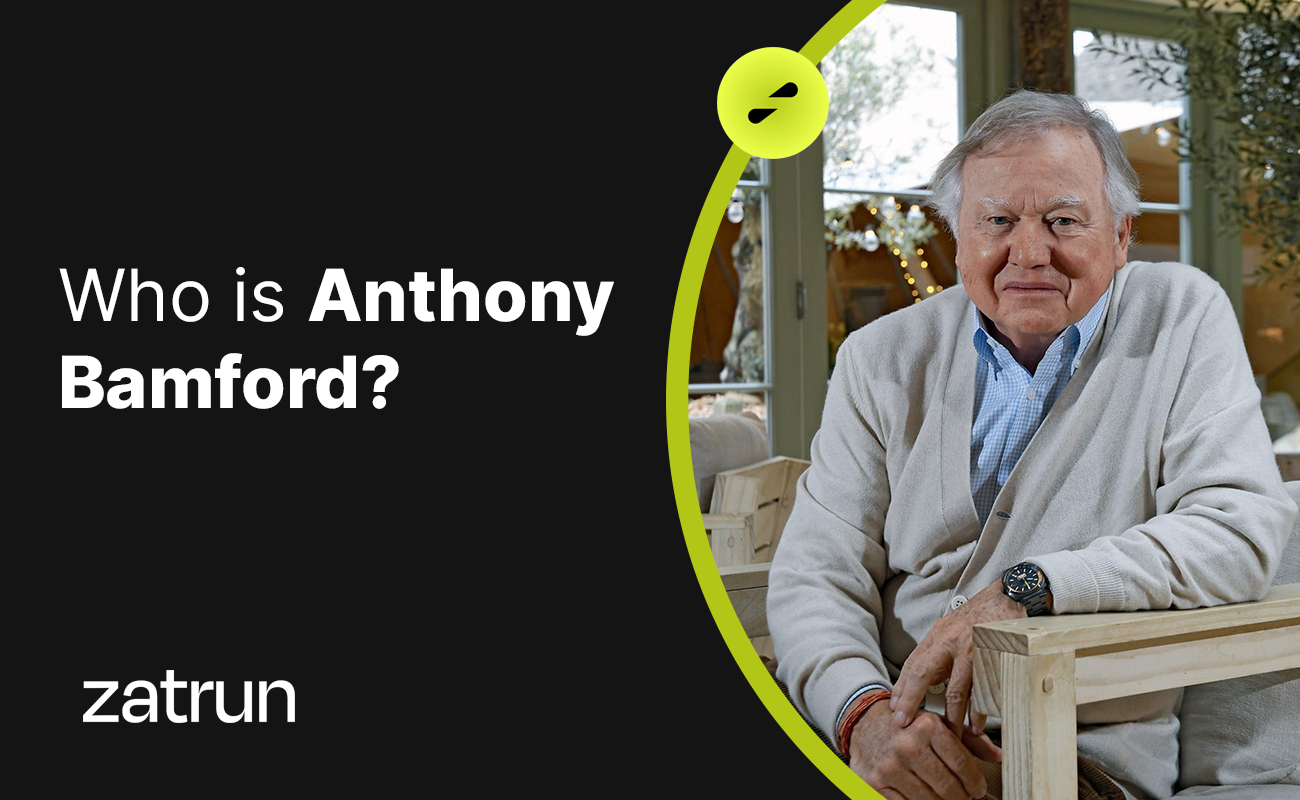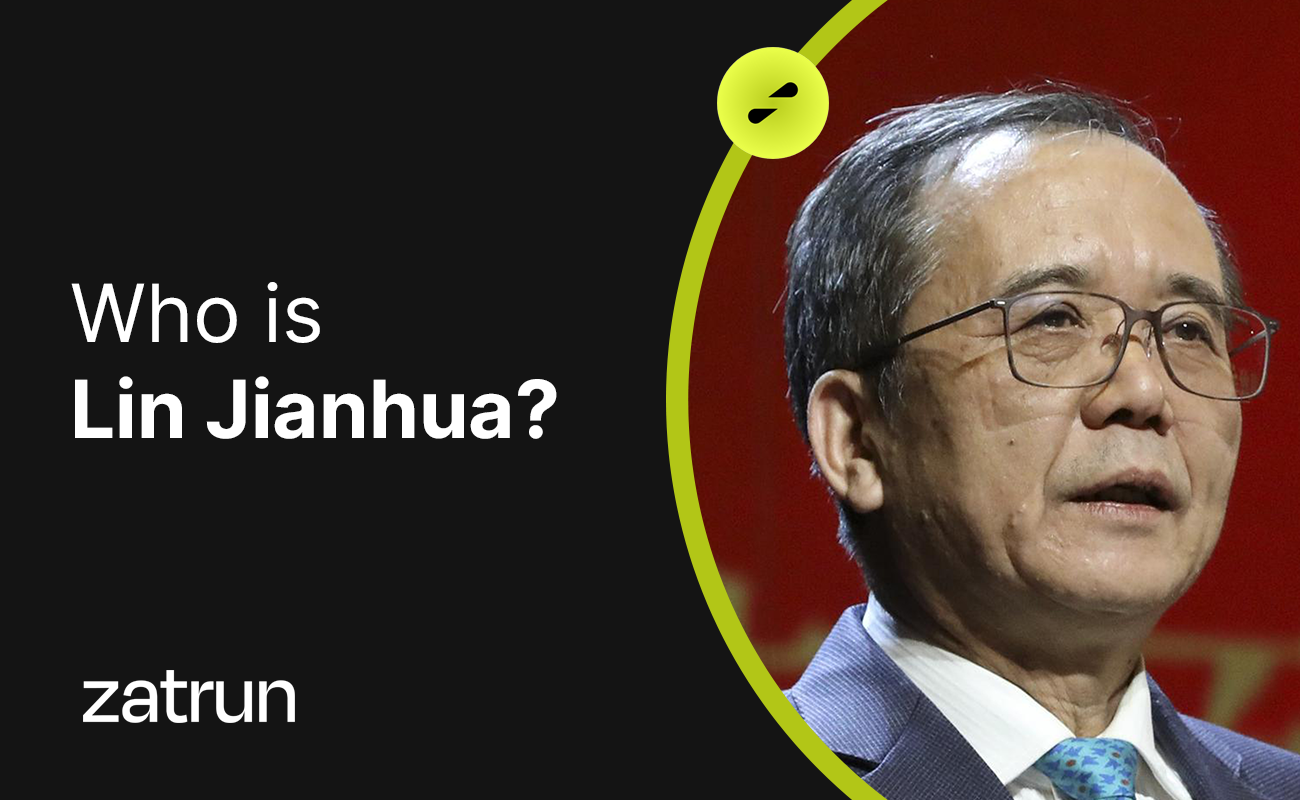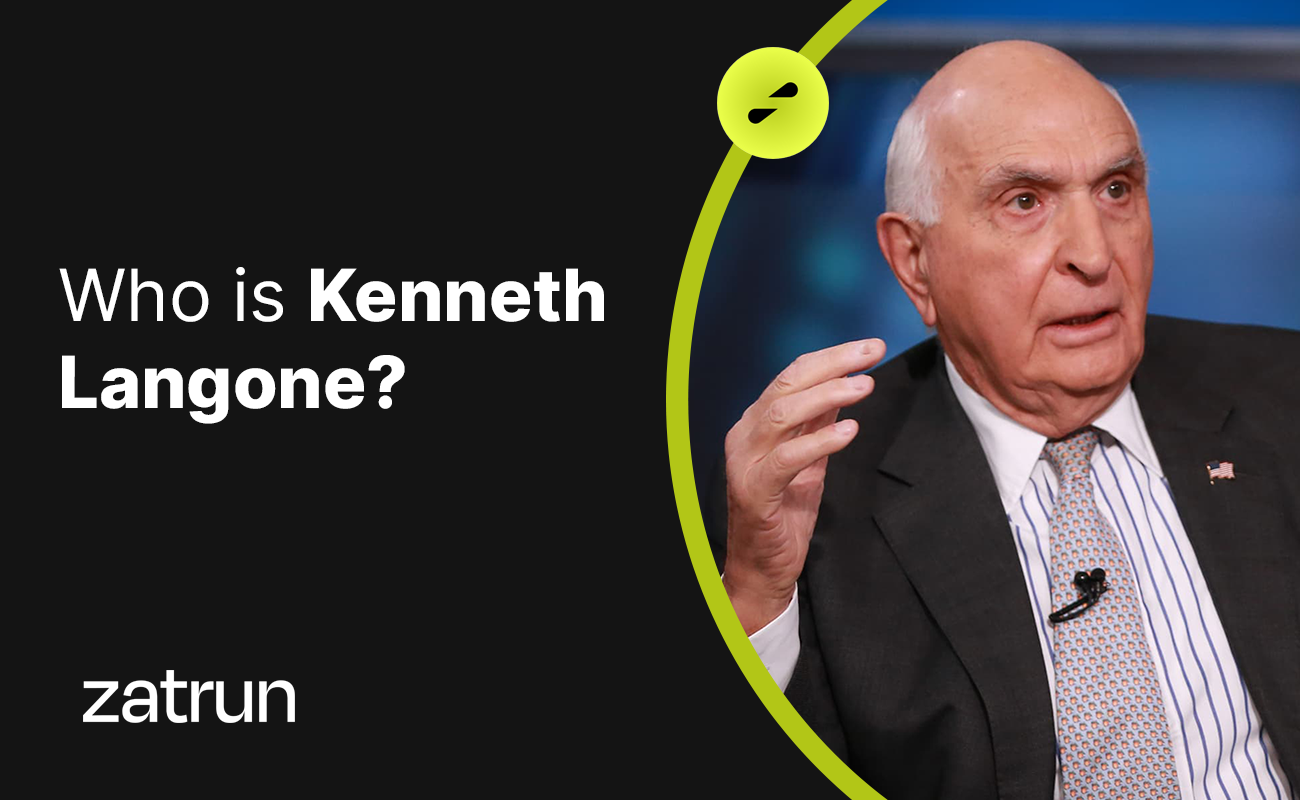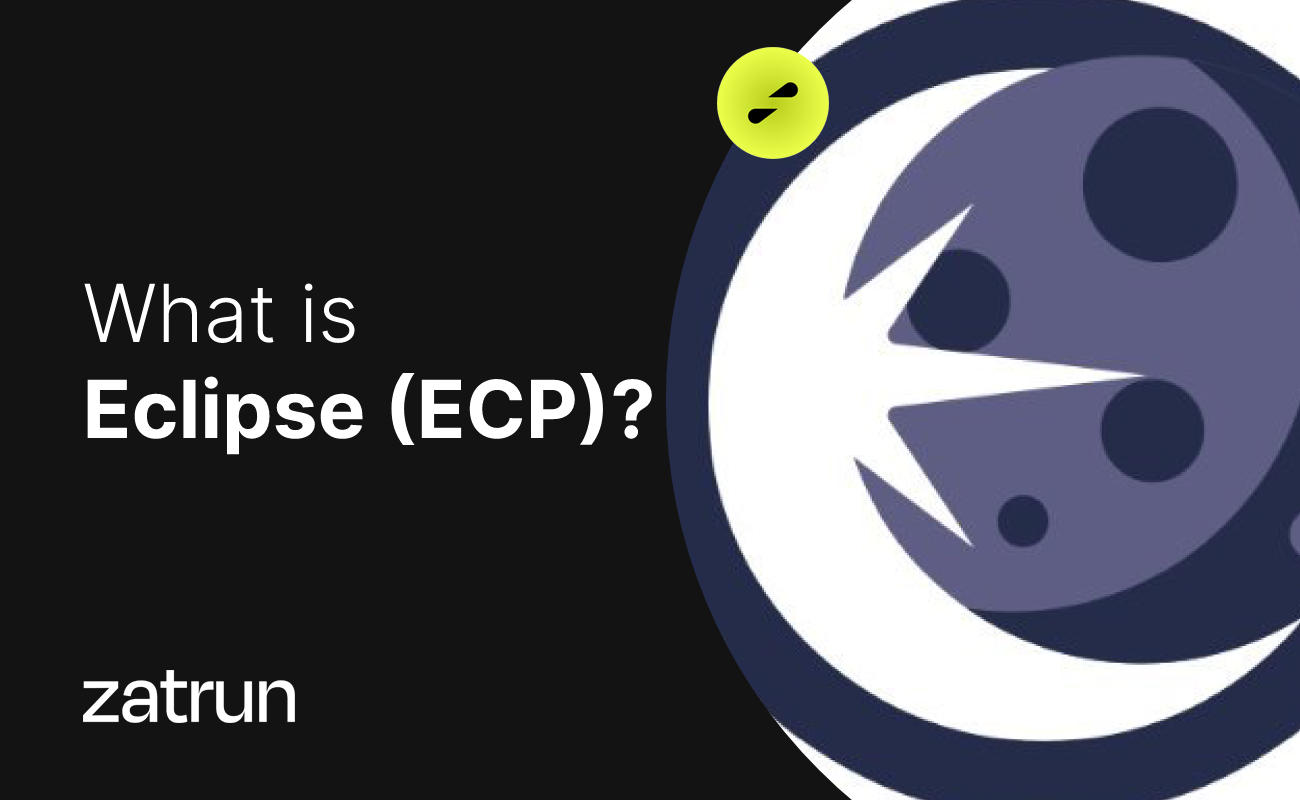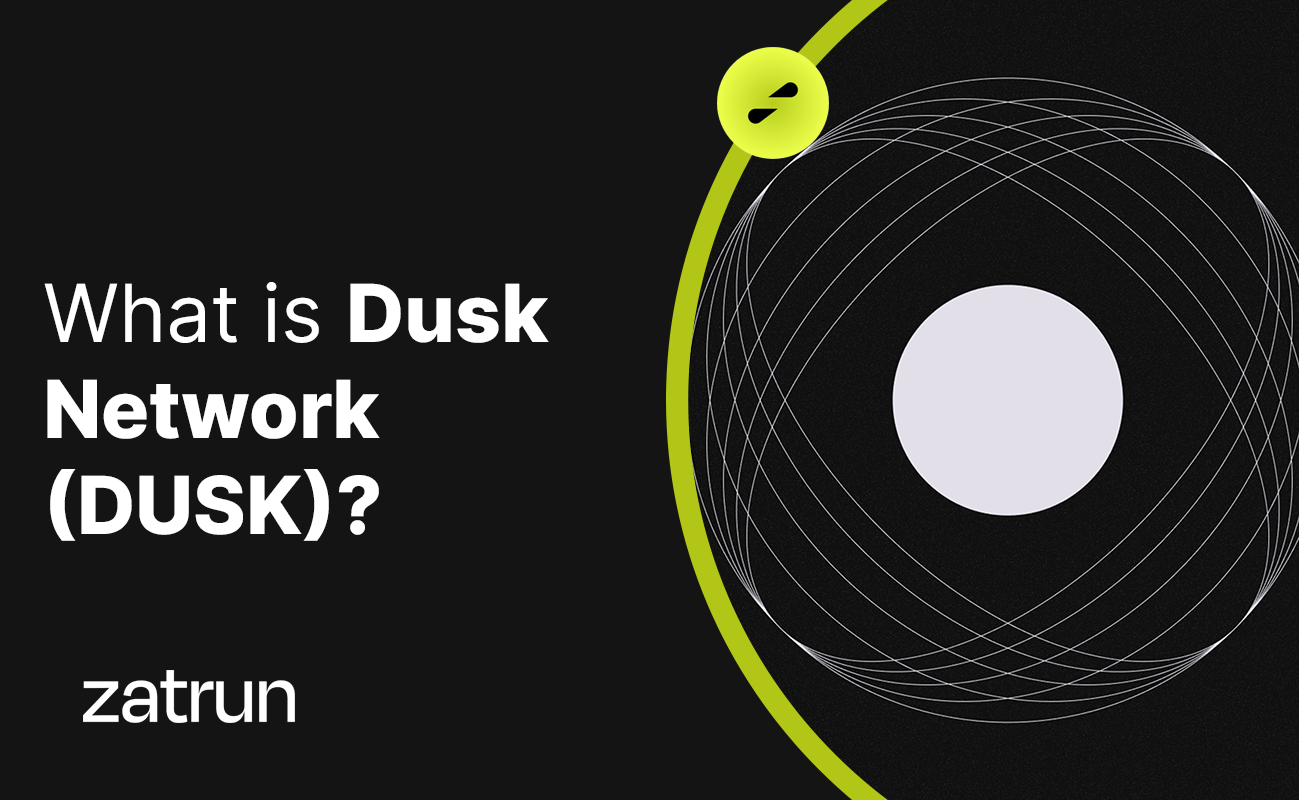In the quest to resolve scalability issues plaguing older-generation blockchain networks, Zilliqa has emerged as a formidable player, setting itself apart with robust solutions despite fierce industry competition. Our comprehensive guide delves into the details surrounding ZIL Coin, addressing key questions such as “What is ZIL Coin?”, and “What makes Zilliqa unique?”
Unlocking the World of Zilliqa (ZIL) Coin
Zilliqa is a third-generation blockchain protocol renowned for its impressive scalability, capable of processing thousands of transactions per second. It operates as a high-efficiency, public, and permissionless network. Hosting numerous decentralized applications (dApps), the Zilliqa network thrives with its native utility token, ZIL Coin. ZIL tokens are used for processing transactions on the network and executing smart contracts.
ZIL Project and Its Whitepaper
Zilliqa is on a mission to tackle scalability and speed issues. It employs the innovative ZIL Sharding technique for second-layer scaling solutions. Sharding, also referred to as horizontal partitioning, divides the blockchain into smaller, interconnected sections known as shards. Each shard operates like its individual blockchain, with designated nodes overseeing the shard’s transactions.
These nodes subsequently compile new blocks into microblocks. By employing this technique, ZIL efficiently maintains high-speed processing, avoiding the pitfalls of increased transaction times as seen in prominent blockchains like Bitcoin (BTC) and Ethereum (ETH).
To eliminate language vulnerabilities, ZIL utilizes Scilla, a unique programming language. The synchronization of independent shards is managed by Practical Byzantine Fault Tolerance (pBFT), offering a solution to Byzantine Fault Tolerance challenges.

Founders of ZIL Coin and Their Background
Zilliqa’s inception can be attributed to Prateek Saxena, an Assistant Professor at the National University of Singapore School of Computing in 2016. Saxena, along with a group of students, published a paper in 2016 that elucidated how network efficiency and speed could be improved within the blockchain structure.
Over the years, Saxena, Max Kantelia, and Juzar Motiwalla, played integral roles in the project. Zilliqa Research, the entity responsible for the development of Zilliqa protocol, is spearheaded by Dong Xinshu as CEO, Yaoqi Jia as Chief Technology Officer, and Amrit Kumar as Chief Scientific Officer. The project’s testnet was successfully launched in March 2018, followed by the mainnet’s debut in June 2019.
Use Cases of ZIL Coin
ZIL Coin finds its utility within the ecosystem in the following areas:
- Transaction fees on the Zilliqa network.
- Execution of smart contracts.
- Incentivizing network participation.
- Governance rights within the network.
What Sets Zilliqa Apart?
Zilliqa prides itself on being the world’s first open blockchain protocol to function entirely on a sharded network. Its unique approach effectively resolves scalability issues, achieving high efficiency by processing more transactions per second as the network grows in size and shard count. ZIL targets a broad spectrum of applications, including advertising, gaming, financial services, payments, and entertainment.
Here’s what makes ZIL unique:
- ZIL employs Scilla, its own programming language derived from “Smart Contract Intermediate-Level Language” in English.
- The sharding technology divides the network into independent shards, each functioning like a standalone blockchain.
- Practical Byzantine Fault Tolerance (pBFT) ensures consensus among nodes, promoting energy efficiency and high transaction output.
ZIL aims to rival traditional centralized payment methods like VISA and MasterCard.
Advantages and Challenges of ZIL Coin
The ZIL token has gained strength through the unique technologies it represents and significant holdings in the reserves of Antuan Capital and Zilliqa Research, the entity responsible for the Zilliqa protocol’s development. Zilliqa addresses scalability issues by employing sharding, offering several advantages and challenges:
Advantages:
- High efficiency, speed, and scalability.
- Energy-efficient, providing a competitive edge over peers.
- Ensures security through a consensus model, where a two-thirds majority is required for decision-making.
- ZIL enjoys diverse use cases within the ecosystem.
- Passive income can be earned by staking.
- ZIL tokens are listed on prominent cryptocurrency exchanges, excluding Binance.
Challenges:
- The maximum ZIL token supply follows an inflationary model.
- The investment risk associated with ZIL is high due to price volatility.
- Faces competition in terms of DApp developer preference when compared to larger blockchains like Ethereum, Harmony, and others.
- Storing ZIL tokens in cold wallets may be necessary to mitigate the risk of attacks and theft.
In conclusion, Zilliqa is a groundbreaking project in the realm of blockchain and DeFi, offering innovative solutions while placing a strong emphasis on scalability and speed. Its remarkable features distinguish it in the world of cryptocurrencies. As with any investment, potential investors should weigh the pros and cons, keeping in mind the cryptocurrency market’s inherent volatility. For more insights, Zatrun.com has conducted an in-depth review of Zilliqa, providing valuable information for informed decision-making.


